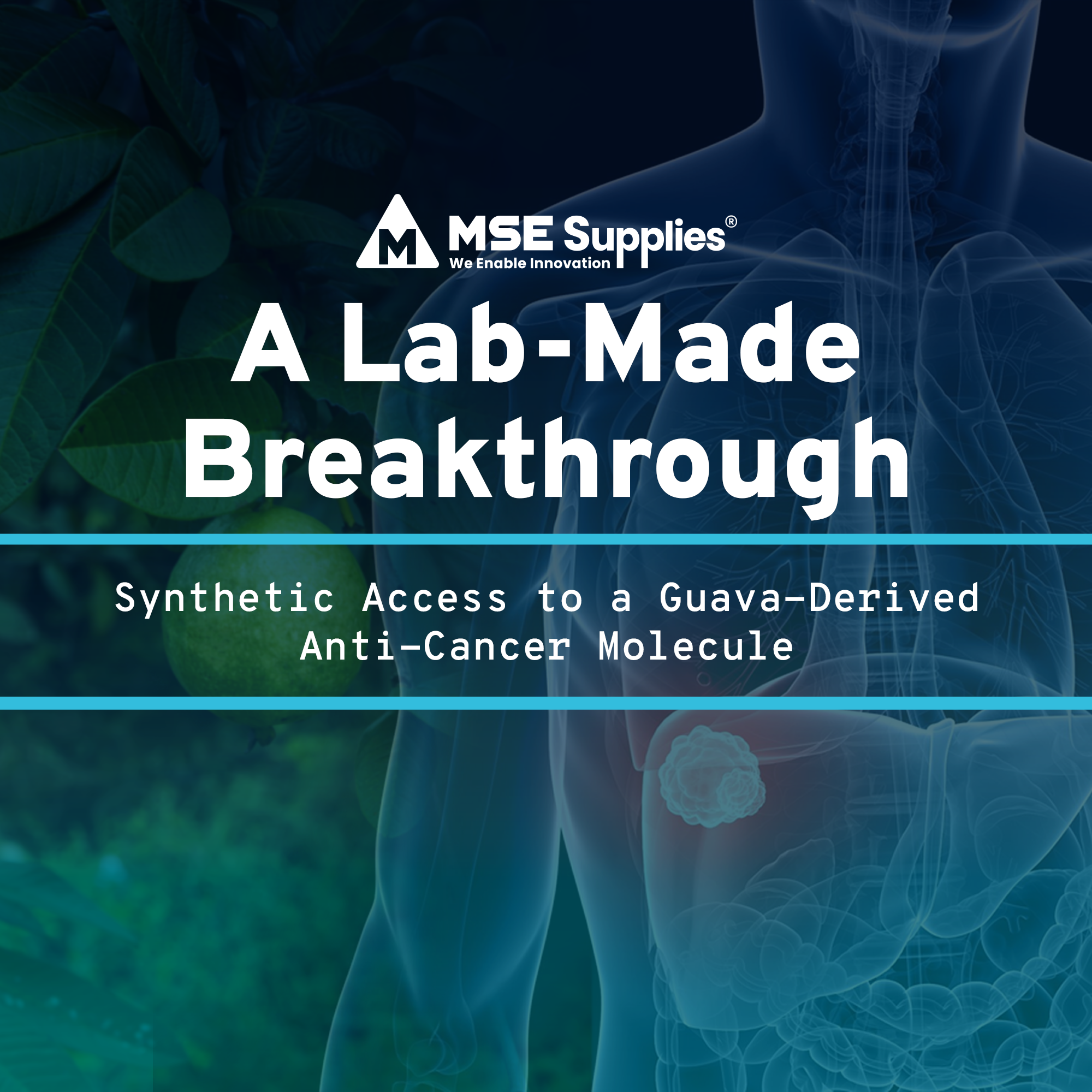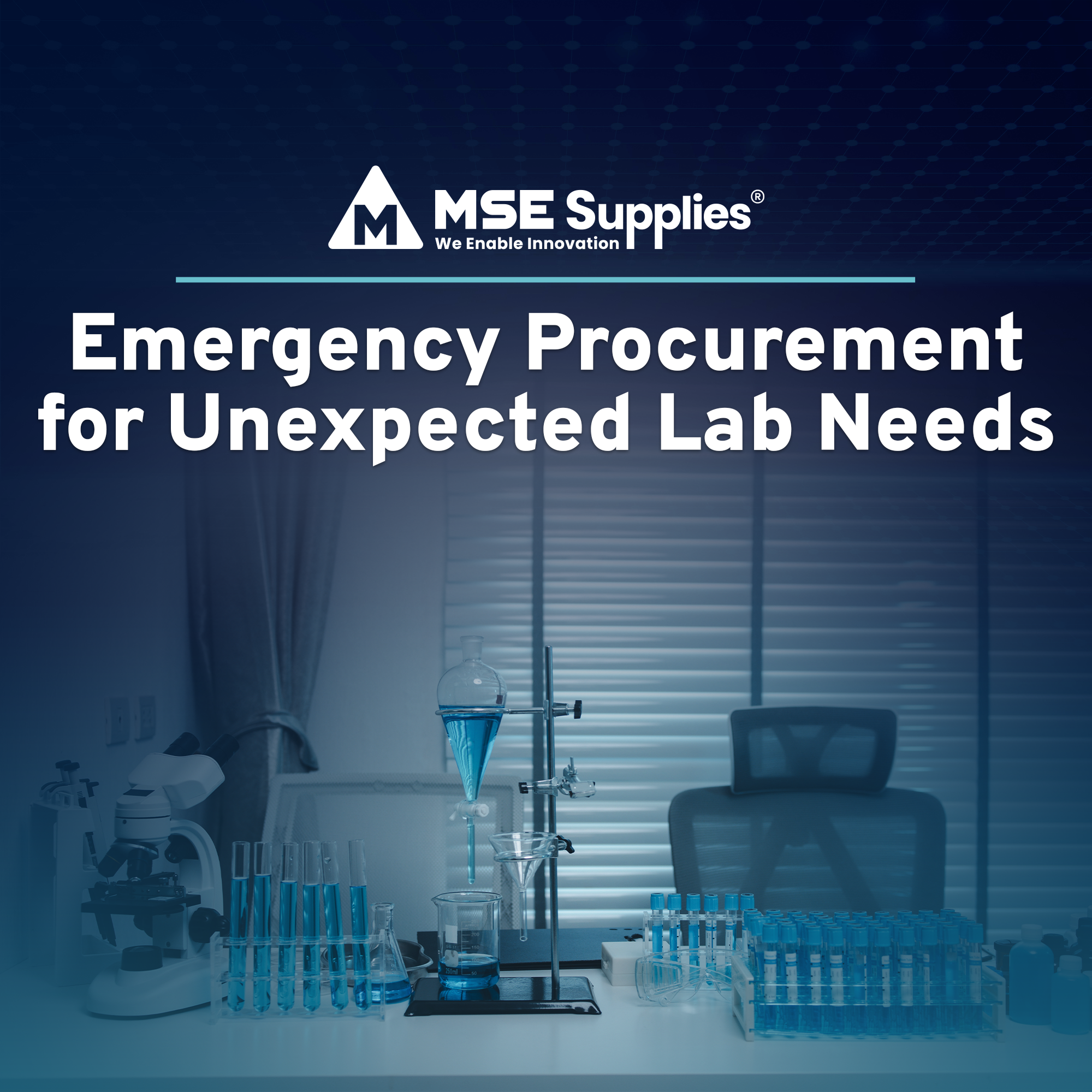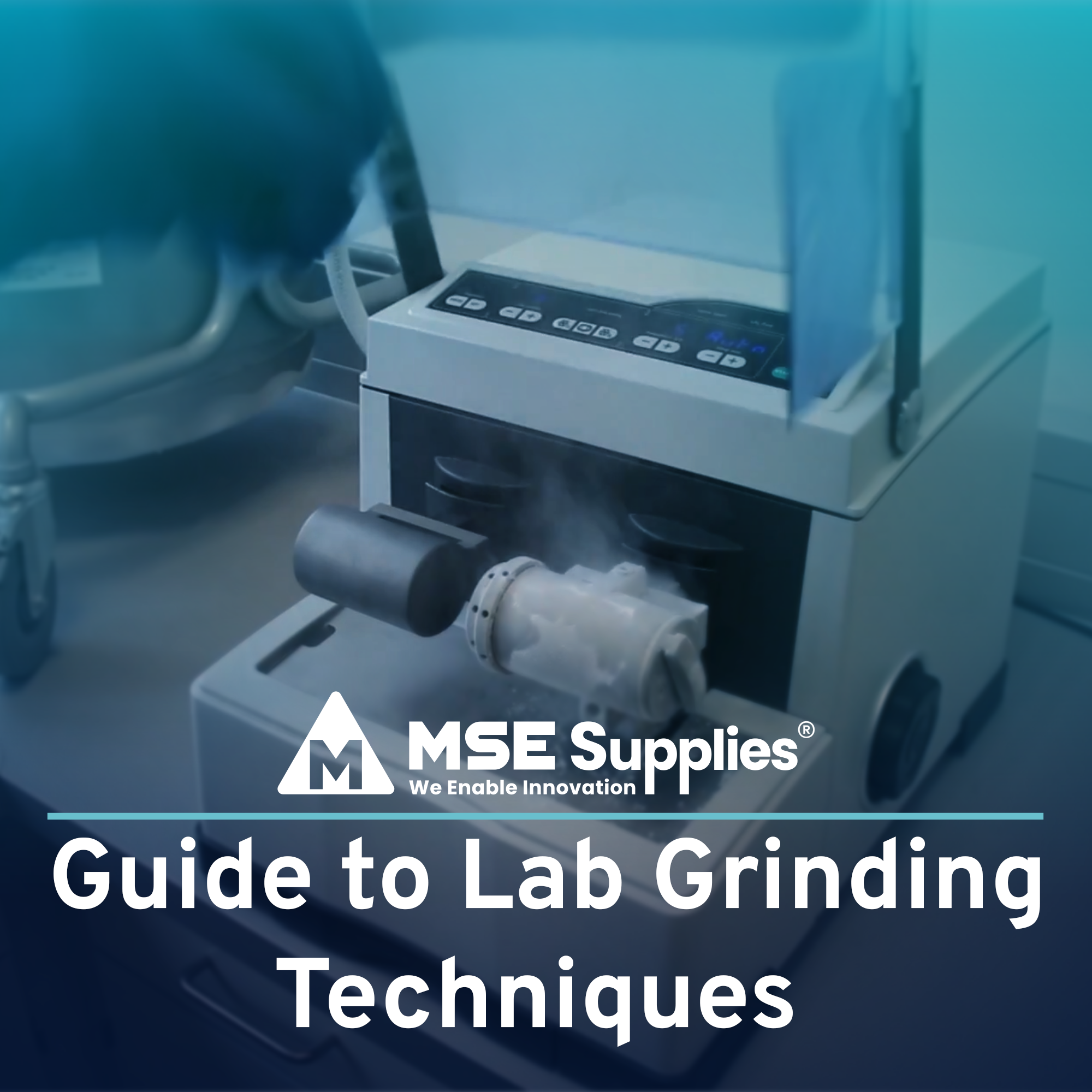Hydrogen Generators: A Green Path to the Future
Posted by Marketing Team on

With regard to finding sustainable energy sources, the production of hydrogen through electrolysis has several advantages. It is a process that uses electricity to decompose water into hydrogen and oxygen meaning the process of generating hydrogen is carbon-free if the electricity used comes from renewable sources. Now, let’s get deeper into the topic, discussing the importance of the process, and different kinds of electrolyzers, and find out why this option is considered to be more environmentally friendly.
What is Electrolysis?
Electrolysis is a chemical reaction through which water is split into hydrogen and oxygen by passing an electric current through it. This reaction takes place in a piece of equipment called an electrolyzer, which could range from small scale that can be used to decentralize hydrogen generation to giant plants permanently connected to power management from renewable or nuclear power.
The Mechanism Behind Electrolysis
Electrolyzers are made of an anode, which is the positive electrode, and a cathode constituting the negative electrode with an electrolyte located in between. When a direct current passes through the electrolyzer, the water molecules split at the anode releasing oxygen as well as the positive hydrogen ions (protons). These protons migrate to the cathode, through the electrolyte and then react with the electrons from the external circuit to form hydrogen gas.
Types of Electrolyzers
Different types of electrolyzers are characterized by the materials they use for the electrolyte and their operational mechanisms. The primary types include:
1. Proton Electrolyte Membrane (PEM) Electrolyzers
PEM electrolyzers use a solid polymer membrane as the electrolyte layer. The process involves:
- Anode Reaction: 2H2O → O2 + 4H+ + 4e-
- Cathode Reaction: 4H+ + 4e- → 2H2
At the anode, the water dissociates and produces oxygen, protons and electrons. The protons migrate across the membrane to the cathode side and then they react with the electron to form hydrogen. PEM electrolyzers have comparatively low-temperature conditions of 70° to 90°C.
2. Alkaline Electrolyzers
Alkaline electrolyzers are operated with an aqueous, alkaline electrolyte solution, usually sodium or potassium hydroxide. They work by moving hydroxide ions (OH-) from the cathode towards the anode producing hydrogen at the cathode. More recent R&D focusing on the use of solid AEM such as in the laboratory scale are promised.
3. Solid Oxide Electrolyzers
Solid oxide electrolyzers use a ceramic-based solid electrolyte that moves oxygen ions (O2-) at much higher temperatures, normally ranging between 700° and 800°C. The process involves:
- Cathode Reaction: H2O + 2e- → H2 + O2-
- Anode Reaction: O2- → ½O2 + 2e-
Steam at the cathode dissociates into hydrogen gas and electrons combine with oxygen ions. These ions move to the anode through this ceramic membrane and when they release oxygen gas they also release electrons. Newer solid oxide electrolyzers are venturing into proton-conducting ceramics to lower operating temperatures to as low as 500° to 600°C.
The Green Advantage of Electrolysis
Hydrogen production via electrolysis is considered a greener pathway for several reasons:
- Zero Greenhouse Gas Emissions: Overall, the electrolysis when driven by renewables or nuclear energy yields hydrogen with no emission of greenhouse gases. For this reason, it plays an essential role in our transition to a sustainable energy system.
- Synergy with Renewable Energy: Electrolysis was seen to be viable whereby the process was to be affiliated with renewable power sources such as wind and solar power. While in other times there may be productive inefficiencies and a surplus of electricity, it can be utilized for the synthesis of hydrogen. This flexibility assists in helping the grid and makes use of renewable energy as much as possible.
- Decentralized Production: Electrolyzers can be of varying sizes to produce hydrogen in localized areas reducing the task of transportation. This also helps diminish the demand for transport networks and improves the energy security status.

Our Hydrogen Generator Products
1. MSE PRO™ High-capacity Alkaline Hydrogen Generator
The creation of ≥99.999% purity of hydrogen through the method of alkaline electrolysis, employing a potassium hydroxide solution as the electrolyte. It has a protection setting and pressure setting, displays the flow and tracks the flow. Adaptable for gas chromatography and other purposes in analyses, it achieves high electrolysis and purity.
- Key Features:
- Automated pressure control and flow regulation
- Exclusive anti-alkali backwash device
- Constructed from high-grade stainless steel 316L
- Suitable for long-term use with consistent performance
2. MSE PRO™ Laboratory Compact Alkaline Hydrogen Generator
Like in the case of the high-capacity model, this compact generator yields ≥99.999% purity hydrogen by alkaline electrolysis with a compact generator. It is designed for easy operation and maintenance, making it ideal for various gas applications in laboratory settings.
- Key Features:
- Simple operation with daily distilled water addition
- Automated pressure control and flow tracking
- Anti-alkali backwash device
- High electrolysis efficiency with stable output
3. MSE PRO™ Laboratory Compact Proton Exchange Membrane (PEM) Hydrogen Generator
This generator uses PEM technology to generate hydrogen with purity rates of ≤99. 999%. It is a better solution than the regular gas cylinders hence making it applicable in gas chromatography, hydrogenation reactors, fuel cells, and emissions test equipment.
- Key Features:
- No corrosion or pollution
- Higher purity and stable flow
- Multiple safety alarms
- Easy to operate and maintain
4. MSE PRO™ Proton Exchange Membrane (PEM) Hydrogen Generator (6N)
Producing hydrogen with purity levels of ≥99.9999%, this generator is ideal for high-pressure and stability applications, such as gas chromatography and emissions test equipment.
- Key Features:
- High pressure (up to 0.7Mpa)
- High-purity hydrogen production
- Stable flow and multiple safety features
- Long-term use without purity and flow rate decay

Electrolysis hydrogen generators are one of the most important achievements of the development of carbon-free energy sources. Employing renewable and nuclear energy alternatives, electrolysis can generate hydrogen with a minimal environmental impact, thus facilitating the transformation of the world’s energy mix in a more environmentally friendly direction. Since it is forecasted that technological improvement and a decrease in production costs might be reached soon for large-scale hydrogen production via electrolysis, it can be considered that hydrogen will play an important role in green energy applications in the future.
Visit MSE Supplies to learn more information about the MSE PRO Hydrogen Generator and other cutting-edge technologies that can help you advance your endeavors while keeping it green and waste-free. Contact us today!
Source: https://www.energy.gov/eere/fuelcells/hydrogen-production-electrolysis
Share this post
- Tags: Brands - MSE PRO, Industry - Agriculture, Industry - Automotive & Aerospace, Industry - Chemistry, Industry - Industrial Process, Industry - Life Sciences, Industry - Lithium Battery & Renewable Energy, Industry - Material Science, Industry - Medical, Industry - Pharmaceuticals, Industry - Semiconductor, Products - Laboratory Equipment



